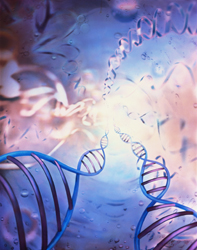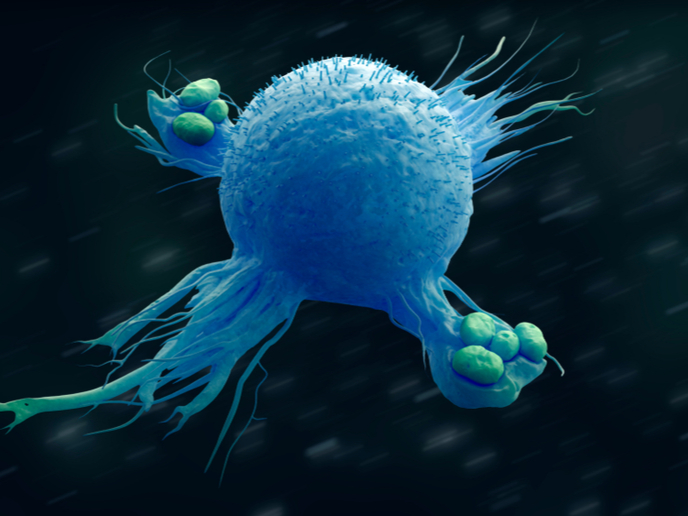Gene activation and transcription
The nucleus of mammalian and other eukaryotic cells contain the entire genetic material of the organism. Cell functionality depends on which gene is turned on or off at any one time. This varies from one cell type to another, bestowing different functionalities on different cells. This kind of gene expression also plays a vital role in the differentiation of stem cells into specific cell types during development. Transcription and gene expression are affected by the proximity of chromosomal regions to the nuclear envelope (the barrier separating nuclear contents from the cytosol). Scientists recently showed that relocation of genomic loci to the periphery represses gene expression in mouse embryonic stem cells (mESCs). Researchers investigated if this effect plays a role in differentiation and development with EU funding of the project 'Gene regulation at the nuclear periphery' (GRPN). The proneural pleiotrophin (PTN) gene (a key regulator of neurogenesis) relocates away from the periphery when it is activated during neural differentiation in mESCs. Scientists employed two in vitro models of mESCs to study gene activation effects. mESCs were differentiated into epiblast ESCs (EpiESCs) and neural progenitor cells (NPCs — forming neuroectoderm). EpiESCs are pluripotent stem cells capable of forming any cell type. Three of five loci in EpiESCs relocated to the nuclear centre, movement that was correlated with gene activation as shown by transcription state. The other two loci required differentiation to NPCs for movement. In order to untangle whether movement precedes gene activation or is a consequence of it, scientists activated the PTN gene in mESCs. The result was a 25-fold increase in gene expression together with relocation to the nuclear centre. This provided the first experimental evidence that transcription activation is sufficient to induce nuclear repositioning in an endogenous gene. Better understanding of the mechanisms controlling gene expression in stem cells could provide an avenue for up- or down-regulating certain genes to provide targeted therapy. Thanks to EU funding of the project GRPN, scientists have discovered an important piece of the puzzle along with its location.







